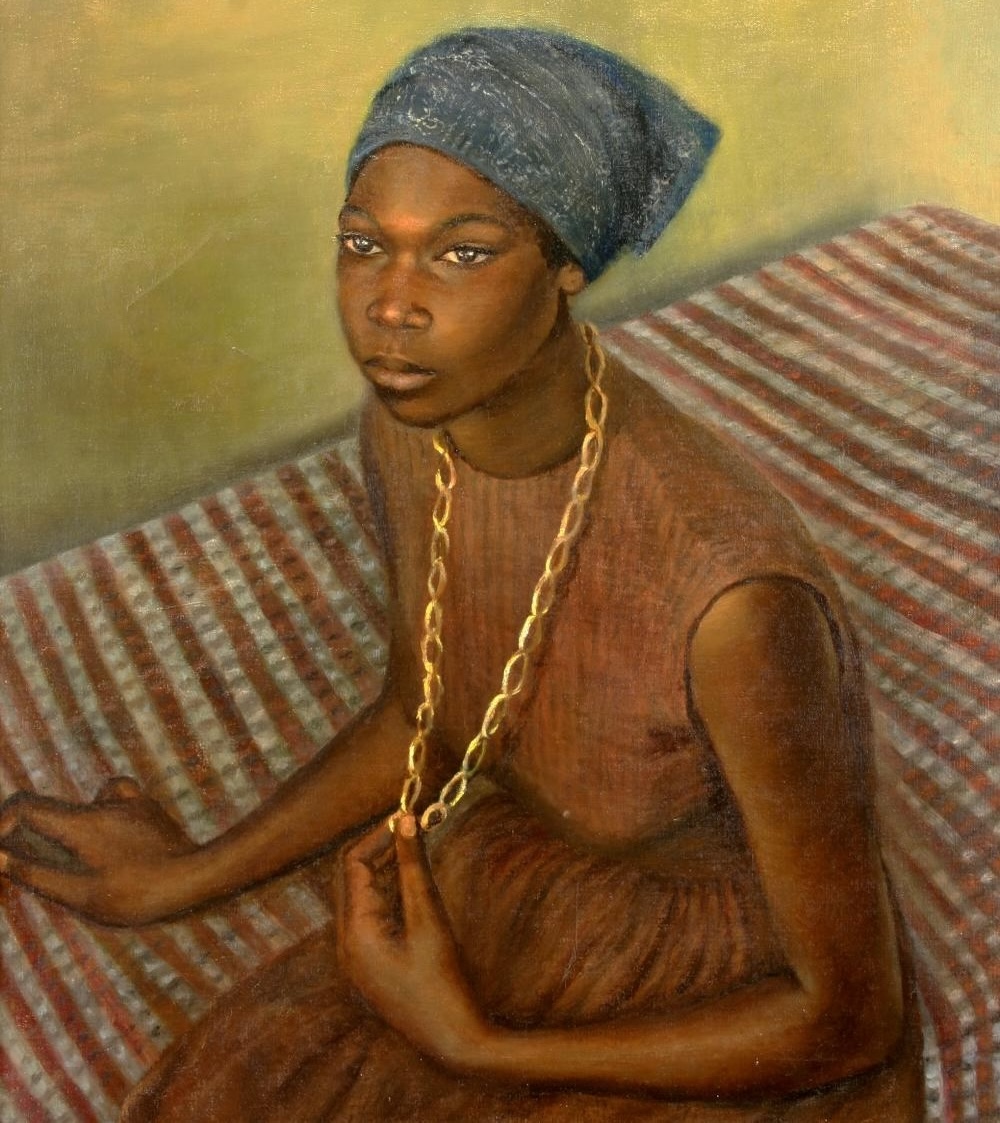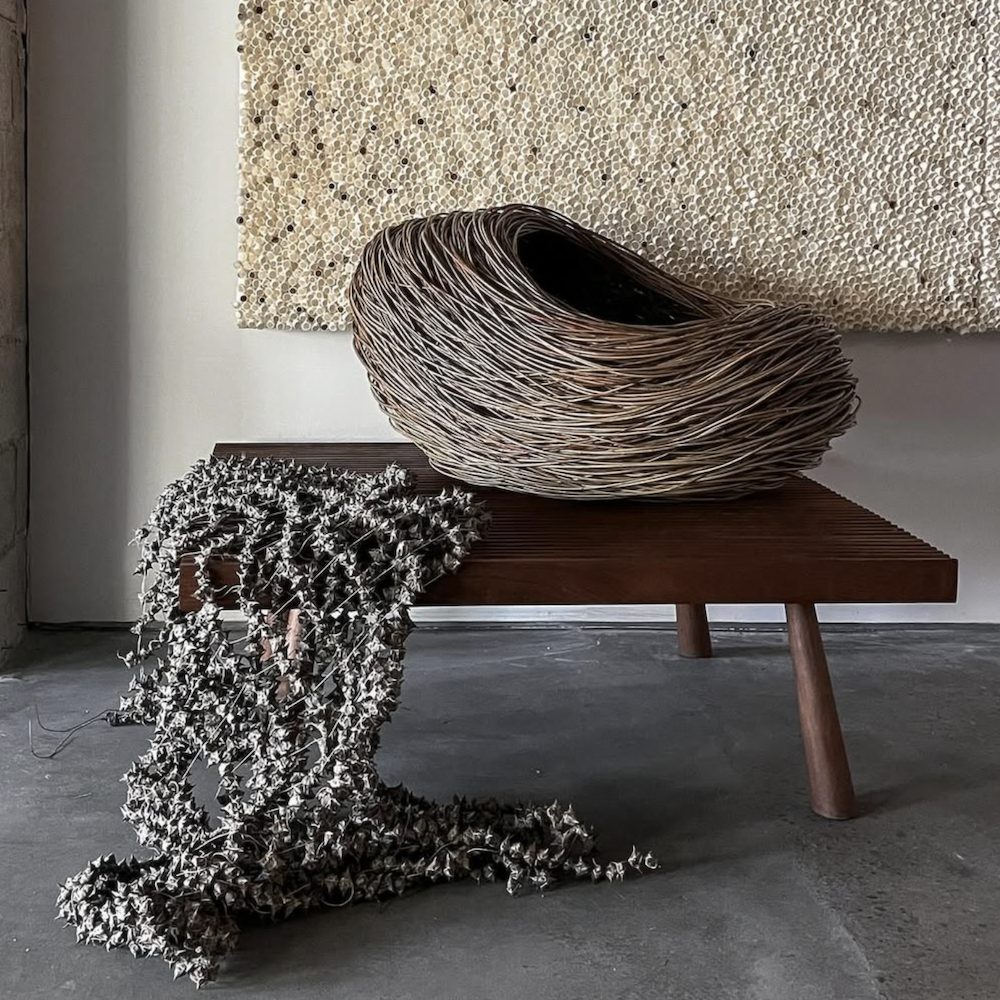
We Are Upstate NY With Fine Art Gallerist James Cox
Nestled in the historic art colony of Woodstock, NY, the James Cox Gallery is a beacon of fine art, celebrating early twentieth-century and twenty-first-century American creativity. With an extensive inventory featuring works from the estates of six distinguished American painters and sculptors, the gallery embodies a rich artistic legacy. James Cox also champions several active artists, including talented painters, sculptors, and printmakers.
Founded in 1990, the James Cox Gallery at Woodstock represents the culmination of forty years of dedication to American art. It offers a range of valuable services, including appraisals, restoration, estate management, and a semi-annual fine art auction, along with expert consultancy in various aspects of American art. Make sure to visit the James Cox Gallery when you’re in the Woodstock, NY area, where you can immerse yourself in its expansive property, outdoor sculpture gardens, the Goetz Studio, and modern gallery facilities—each surrounded by the serene Little Beaverkill Creek, known for its excellent trout fishing. Discover the vision and passion of the man behind this remarkable space: gallerist James Cox.

Painting by Fletcher Martin
INSIDE+OUT: Where were you born, and how did you wind up in the Hudson Valley? Where are you based?
James Cox: I was born in South Bend, Indiana. I came to the Hudson Valley after spending 14 years as director of the Grand Central Art Galleries in New York City. In 1990, my artist wife, Mary Anna Goetz, and I opened our own gallery in the historic art colony of Woodstock, New York. We chose Woodstock because of its proximity to New York, where I still maintain many business contacts. At the Grand Central, I exhibited artwork by several of the founding members of the upstate colony, including Birge Harrison, George Bellows, and John F. Carlsen. Mary Anna and I were also drawn to Woodstock’s beautiful bucolic setting and the lively art community that continues to thrive in the town today.
- Mary Anna & James 1990
- James Cox by Dion Ogust
- Admiring Leonardo Da Vinci’s Horse
Tell us about your career in the Arts. What was your journey?
I have always had a keen interest in the visual arts. As a teenager, I often traveled from South Bend to nearby Chicago to enjoy the magnificent collection at the Art Institute. I also began collecting art at an early age. At 16, I purchased my first piece of art, a Leonard Baskin print. As my budget would allow, I continued to add to my modest collection. Though I majored in Marketing in college, while at Drake University, I was also enrolled in-studio classes. I continued my education in business at Oklahoma City University, where Mary Anna and I met. Following graduation and my stint as a VISTA Volunteer, we combined my marketing skills and our shared interest in art (Mary Anna is a gifted landscape painter) and opened our first gallery in Allentown, NJ.
In 1976, I was given a rare opportunity to serve as director of New York City’s venerable Grand Central Art Galleries. The gallery was founded in 1922 by the renowned portrait painter John Singer Sargent. His goal was to showcase the work of living American artists in an era when many collectors preferred to purchase European art. This enriching New York experience proved invaluable when I opened my own gallery in Woodstock in 1990.
How did you come across your property and decide to create such an expansive site? What was the process like?
When we first moved to Woodstock, we rented gallery space in a beautifully renovated barn on Elwyn Lane, formerly the Hawthorne Gallery (now owned by the popular British writer Neil Gaiman). It took three years for us to find the unique property in nearby Willow, where we have lived and worked for the past 30 years. Mary Anna worked with a local real estate agent who had the space we now occupy in mind for about a year before we were able to finalize the purchase. When we first moved to Willow, our property was a vast, grassy expanse bordered by a creek that formed a true oxbow that winds around thick woods. The barn where our gallery is located was then used as a garage. A tractor occupied the space, which is now Mary Anna’s studio! We renovated the barn, converting the “garage” space into a studio, spacious gallery showroom, and office space. Since we had already established ourselves as gallerists in Woodstock, our business continued to thrive. In the meantime, I have planted so many trees…some now 30 feet tall! Our lawn is no longer “a vast grassy space” but now features gardens, pools, and a performance stage. We also purchased the estate of well-known sculptor Tomas Penning. We have installed his beautiful bluestone pieces throughout the property, along with large works in marble by Kingston sculptor Casey Schwarz. Some describe our property as a gallery and sculpture park.
You focus primarily on early twentieth-century and twenty-first-century American Art. What drew you to this period?
I have always been interested in American Art. Most of the modest pieces I collected in my youth were graphic works by American artists (like Leonard Baskin). My knowledge of this genre greatly expanded when I became director of Grand Central, which carried on Sargent’s emphasis on showcasing American masters. This is another reason why Woodstock was such a perfect fit for me. So many early 20th-century greats like Harrison, Bellows, and Carlson and mid-century talents like Marion Greenwood, Andrew Dasburg, and Alexander Archipenko lived and worked in the famous art colony.

Painting by by Edith Goetz | “Giselle”
What is a typical day like for you running the gallery?
We don’t have much walk-in traffic at our gallery in Willow. We attract large crowds for our special exhibits and to preview our bi-annual auctions, but most of our business day is spent answering inquiries, drafting appraisals, doing research, and planning exhibits and auctions. The phone rings constantly!
You run a full-service gallery. What does full service mean?
In addition to exhibiting art and conducting two online auctions annually, we provide several specialized services, including estate management, appraisals, restoration, and consultation. We are often approached to help evaluate and disperse artwork from the estates of deceased artists and collectors. Certified appraisals are also an important aspect of our business. We have provided this service to numerous law firms, executors, banks, schools, commercial galleries, and insurance companies. Through our network of specialists, we are also able to facilitate the restoration and conservation of paintings and sculptures.
Are you an artist yourself? If so, what is your favorite medium?
I am not an artist myself, but my wife, Mary Anna, has worked as a professional painter for over 50 years. Her preferred medium is oil painting. After spending so many years painting cityscapes of New York, she was thrilled to be surrounded by the breathtaking Catskill Mountains when we moved to Woodstock and focused primarily on landscape painting. In the ensuing years, she has turned her attention to capturing the vibrant life in Woodstock, creating intimate interior scenes of the various bars, cafes, restaurants, and also street life in the busy village. The gallery recently published a book of these images titled “A Seasoned Eye.”

Painting by Mary Anna Goetz Prep | Station at Silvias II
- Mary Anna Goetz | Cocktail Time at Good Night
- Mary Anna Goetz | Full Moon Drum Circle
What is one question you’re constantly asked or the biggest misconception about your work?
We are often approached by contemporary artists hoping to exhibit with us. We are always happy to review art by living artists, but we concentrate on our auctions, estates and a small group of contemporary artists we have represented for many years.
What is it about the Hudson Valley that makes it unique to live + work here?
Its proximity to New York and rich artistic legacy are what drew us to the Hudson Valley. Those advantages continue to fuel our appreciation of this beautiful spot in the American landscape. We were welcomed with open arms by the artistic community from the day we moved here. That feeling of community and the magnificent natural surroundings compel us to call Woodstock home forever.
What impact does your business have on your community?
Having been here for over 30 years, I think we have had a true impact on the community. For example, during the early 1990s, our early benefit auctions generated much-needed revenue for Family of Woodstock, a wonderful non-profit that assists people in need of housing, food, drug counseling, and many other services, just as it did when it first opened after the famous 1969 music festival. Our joint annual auctions with the Woodstock Artists Association and Museum brought the town together for these lively Sunday events. One of our most ambitious projects, the creation of a 24-foot bronze rendition of Leonardo Da Vinci’s Il Cavallo, attracted admirers from across the Hudson Valley to its unveiling in Beacon before being shipped to its permanent home in Milan. Our parties, openings, and special events feature local artists, musicians, and entertainers contributing to Woodstock’s success as a true “Colony of the Arts.”

Painting by James Chapin of the poet Joseph Moncure Marsh
- Painting by George Grosz | James Cox Auction
- Painting by Elaine Wesley | James Cox Auction
What local businesses do you rely on to be successful?
We depend on several local businesses. The lumber yard and both hardware stores provide materials for creating paintings and various construction projects. It’s A Wrap, which is a reliable source for shipping and packing artwork. Print Express does a great job creating invitations and auction catalogs for us, while local photographer Dion Ogust can always be relied upon to provide us with high-quality, professional publicity shots. Our clients are always impressed when we host them for a meal at one of Woodstock’s many fine restaurants. Local caterers, bakeries, and specialty food shops are excellent sources of refreshments to serve at our openings. We often hire local musicians to perform at special events, both indoors and on our lighted outdoor stage.
What is missing in the area that you wish we had?
We join many Woodstockers in lamenting the demise of the Woodstock Times, a newspaper that reflected the unique spirit of our town and was an invaluable source of information that focused on the special character of our community. We also wish there were more framers, studios, and art galleries in town! Over the years, we have watched so many fine galleries close their doors. We hope some young gallerists will be attracted to Woodstock in the future.
- John Fenton | Black Cat Series
- John Fenton | The Queen of Carthage
Tell us something about yourself people would be surprised to know.
I am dyslexic. This is perhaps one of the reasons I struggled with formal education. I found reading, writing, taking exams, and reciting dramatic scripts laborious. That is probably why, during my school years, I was always the first to volunteer to make posters, decorations, and sets for school plays or to participate in debates and social events.
What is your current state of mind?
Astonished that we are a thriving gallery after 34 years, thanks to an excellent gallery manager, Corrine Race, and wonderful part-time staff. I am striving to make time for more travel, my other passion. In the future, I hope to take two to three trips a year to exotic, historic, and distant places.

Wandering Musicians Trio by Artist Margery-Ryerson
Photos Courtesy of James Cox Gallery @jamescoxgallery
The featured photo at the top showcases the grounds at James Cox Gallery at Woodstock with a stunning sculpture called “Sidling” by Casey Schwartz
Follow/Connect James Cox via Website | Facebook | Instagram | Inside+Out Spotlight
Write a Comment
You must be logged in to post a comment.

















